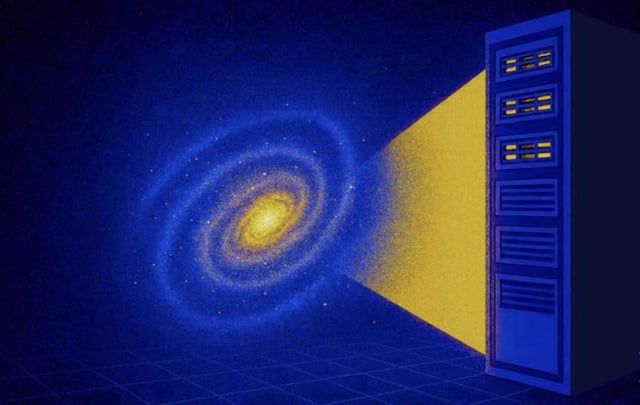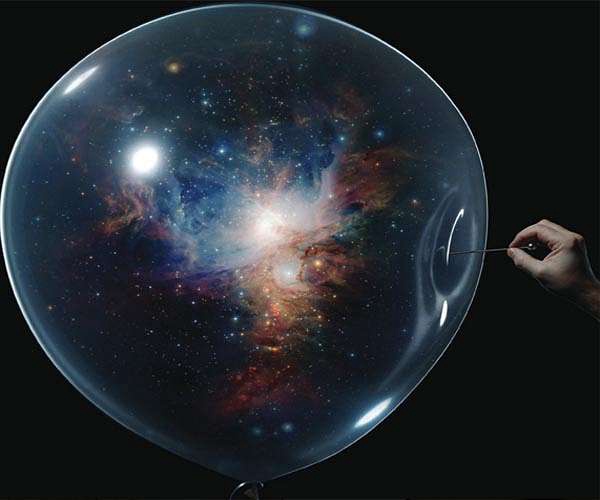Overview
- The paper by Eugene Lim, Katy Clough, and Josu Aurrekoetxea in Living Reviews in Relativity details how to bring computational solutions of Einstein’s equations into mainstream cosmology.
- Numerical relativity, established through black-hole merger modeling and LIGO gravitational-wave predictions, enables studies beyond homogeneity and isotropy assumptions that break down in extreme conditions.
- Proposed targets include testing inflationary initial conditions, simulating gravitational signals from hypothetical cosmic strings, and predicting possible cosmic microwave background bruises from universe collisions.
- The approach could also probe strong-gravity bounces in cyclic cosmologies, with early efforts already underway on related simulations.
- Real progress hinges on supercomputing access and tighter collaboration between numerical relativists and cosmologists, with the authors positioning the work as a methodological roadmap rather than new observational findings.

